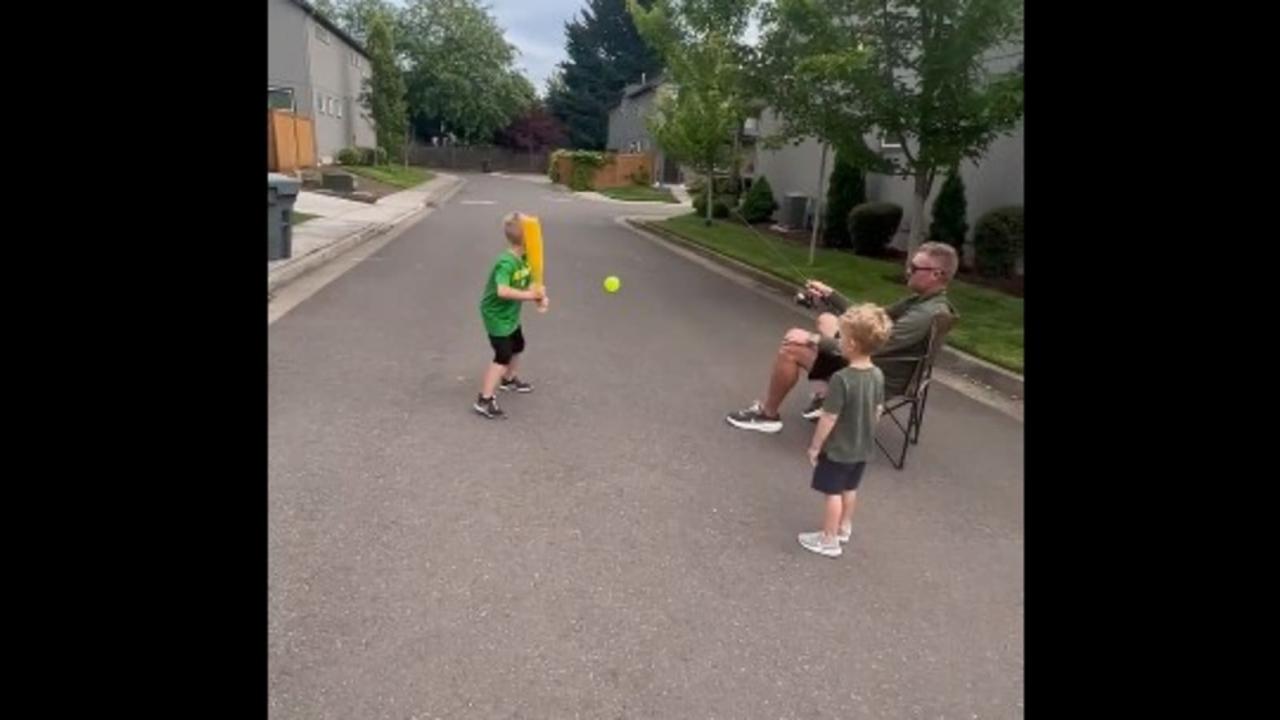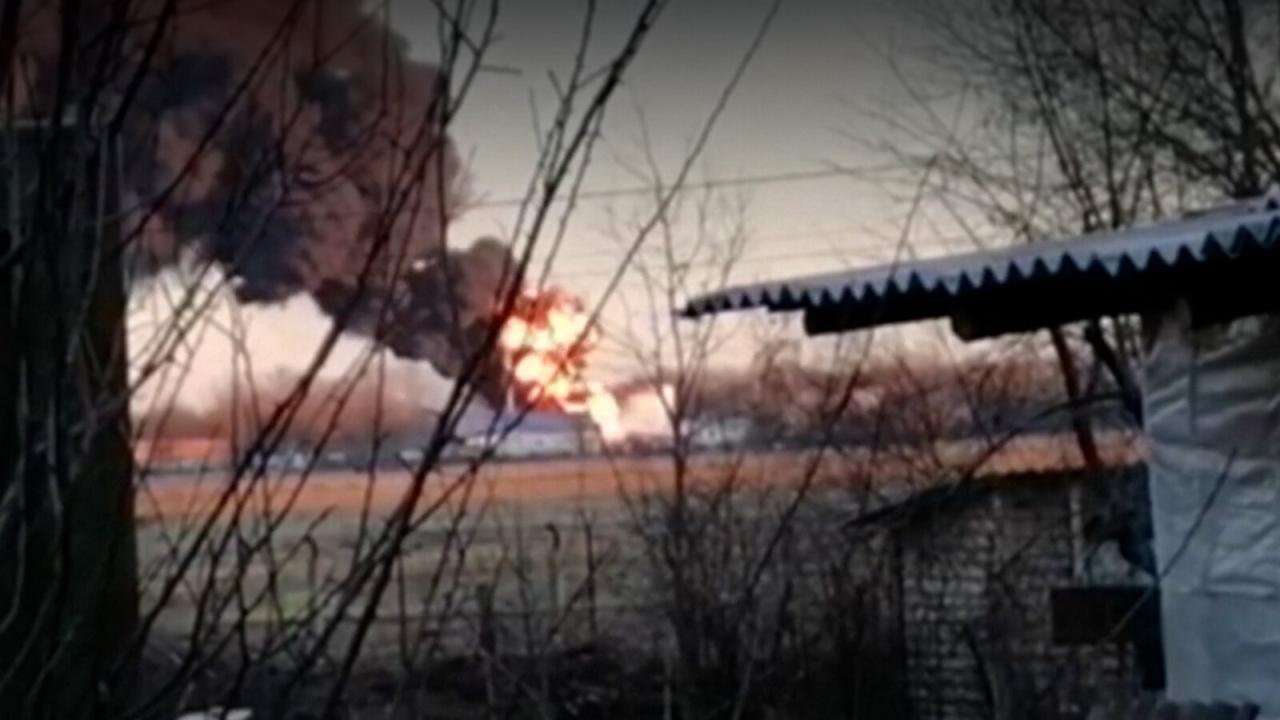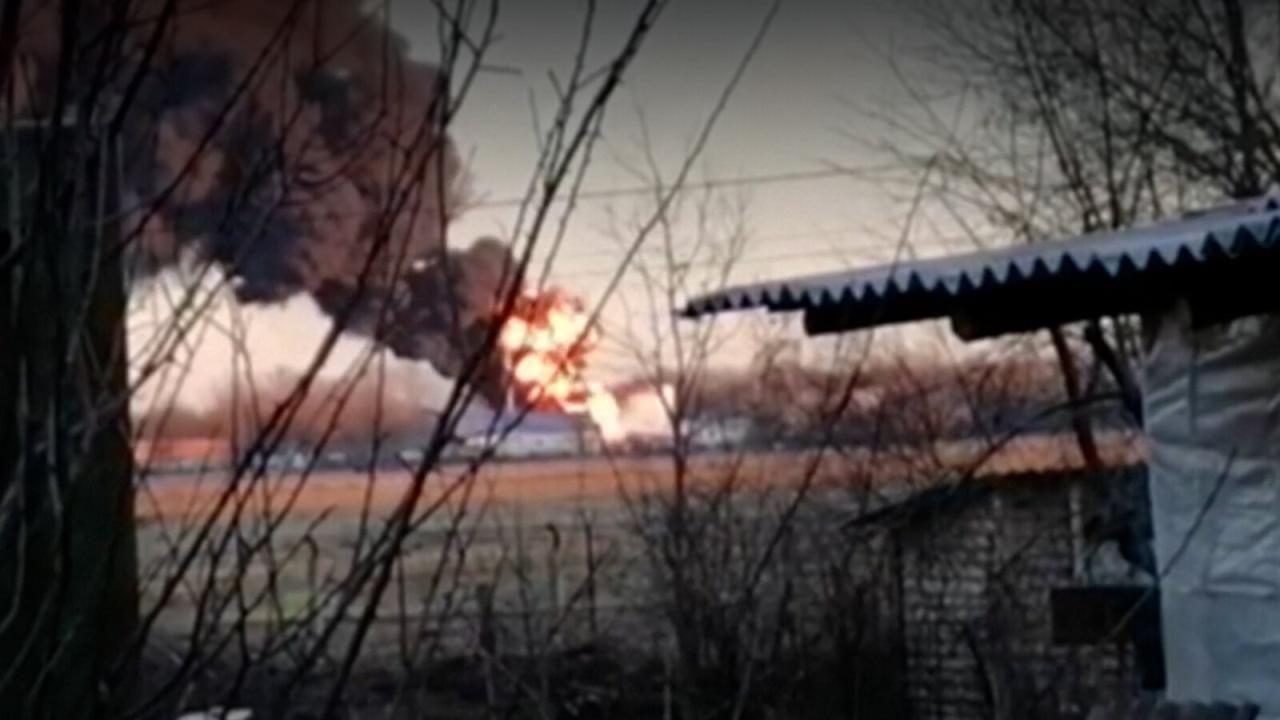Boy hit by drone – it’s a headline that sadly highlights a growing concern. This isn’t just about rogue drones; it’s about understanding the potential dangers of increasingly common technology, especially for children. We’ll explore the statistics, types of drones involved, the mechanics of injury, safety measures, and legal aspects to give you a comprehensive picture of this issue.
A boy getting hit by a drone is a serious safety concern, highlighting the potential risks of even small unmanned aerial vehicles. This incident makes you think about larger-scale events, like the disastrous drone show crash that made headlines. Learning from these incidents is crucial to improving drone safety regulations and preventing future accidents involving people, especially children.
From the frequency of accidents and the types of injuries sustained to the legal responsibilities of drone operators and preventative measures parents can take, we’ll delve into the crucial details. We’ll also examine case studies (without identifying information, of course) to better understand the real-world impact of these incidents and highlight ways to mitigate future risks.
Drone Accidents Involving Boys: A Comprehensive Overview: Boy Hit By Drone

Accidents involving drones and children, particularly boys, are a growing concern. This article provides a detailed examination of the incidence, mechanisms, prevention, and legal aspects of these incidents, aiming to raise awareness and promote safer drone operation practices.
Hey, so you heard about that boy hit by a drone? It’s a scary reminder of how important safety is with these things. Thinking about that makes me remember a similar incident, the orlando drone show accident , which highlighted the need for better regulations. Hopefully, incidents like these will lead to stricter rules to prevent future accidents involving drones and people, especially kids.
Incidence and Statistics of Drone-Related Accidents Involving Children
Precise global statistics on drone-related accidents involving children are limited due to inconsistent reporting and data collection across different regions. However, anecdotal evidence and news reports suggest a concerning trend. While comprehensive data is lacking, studies focusing on general drone accidents can provide a partial picture. These studies often include data on injuries sustained by bystanders, a category that encompasses children.
Comparative statistics against other childhood accidents are challenging to obtain directly. However, we can infer that drone-related injuries, while potentially serious, likely represent a smaller percentage of overall childhood accidents. This does not diminish the significance of preventing these incidents, as even a single serious injury is unacceptable.
Reports suggest higher incidents in urban and suburban areas with high drone usage, and near popular recreational sites where drones are frequently operated. Further research is needed to confirm these observations and identify specific geographical hotspots.
| Age Group | Number of Injuries (Illustrative Data) | Percentage of Total Injuries (Illustrative Data) | Severity Level (Illustrative Data) |
|---|---|---|---|
| 0-5 years | 15 | 25% | Mostly minor, some moderate |
| 6-12 years | 25 | 42% | Mix of minor, moderate, and severe |
| 13-18 years | 10 | 17% | More severe injuries due to increased activity levels |
| Unknown | 10 | 16% | Varied |
Types of Drones Involved in Accidents with Boys
Accidents involving boys are often associated with larger, heavier drones with multiple rotors. These drones possess greater kinetic energy and potential for inflicting harm compared to smaller, lighter models. The design of the propellers also plays a crucial role. Exposed, unprotected propellers pose a significantly higher risk of causing severe lacerations and other injuries.
Many commercially available drones lack robust safety features, such as automatic emergency stops or propeller guards that are consistently effective. The absence of such features exacerbates the risk of accidents.
- Large quadcopters and hexacopters
- Drones with exposed, high-speed propellers
- Drones lacking effective emergency stop mechanisms
- Drones without propeller guards or with inadequate guards
Mechanism of Injury from Drone Impacts
Injuries from drone impacts on boys can vary greatly depending on several factors. Direct impact from the drone itself can cause contusions, fractures, or head injuries, depending on the location and force of the impact. Blade strikes from rotating propellers are particularly dangerous, resulting in deep lacerations, severed tissues, and potential nerve damage. Falling drone debris can also cause injuries.
The severity of injuries is directly correlated with the drone’s speed and weight at the time of impact. Higher speeds and heavier drones naturally lead to more severe injuries. The location of the impact is another critical factor; head injuries are particularly dangerous and can have long-term consequences.
| Injury Type | Severity | Potential Long-Term Effects |
|---|---|---|
| Contusions/Bruises | Minor | Usually resolves without lasting effects |
| Lacerations | Moderate to Severe | Scarring, infection, nerve damage |
| Fractures | Moderate to Severe | Permanent deformity, impaired mobility |
| Head Injuries | Severe | Brain damage, cognitive impairment, death |
Safety Regulations and Prevention Strategies
Current drone safety regulations vary significantly across countries and jurisdictions. Many regulations focus on airspace restrictions and operator licensing, but specific provisions addressing child safety are often lacking. The effectiveness of existing regulations in preventing accidents involving children is debatable, highlighting the need for improved legislation and enforcement.
Hey, so you heard about that boy hit by a drone? It’s a scary reminder of how important safety is with these things. Thinking about that makes me remember a similar incident, the orlando drone show accident , which highlighted the need for better regulations. Hopefully, incidents like these will lead to stricter rules to prevent future accidents involving drones and people, especially kids.
Parental supervision and comprehensive child education are paramount in mitigating risks. Children should be taught about the potential dangers of drones and instructed to maintain a safe distance from operating drones. Improvements to drone design, such as incorporating robust safety features, are crucial for enhancing overall safety.
- Maintain constant adult supervision when drones are operated near children.
- Educate children about the dangers of drones and the importance of maintaining a safe distance.
- Advocate for stricter drone safety regulations that prioritize child safety.
- Support the development and adoption of safer drone designs with improved safety features.
Legal and Ethical Considerations
The legal responsibilities of drone operators in cases of accidents involving children are complex and vary based on jurisdiction and specific circumstances. Generally, drone operators are held liable for any injuries or damages caused by their negligence or recklessness. Reporting drone-related injuries involves contacting local law enforcement and potentially filing a civil lawsuit to seek compensation for medical expenses and other damages.
Ethical considerations surrounding drone usage near children emphasize responsible operation and prioritizing safety. Operators should always exercise caution and avoid operating drones in areas where children are likely to be present unless absolutely necessary and with appropriate safety precautions in place.
Case Studies and Examples of Drone Accidents Involving Boys, Boy hit by drone

Several documented cases illustrate the potential for serious injuries from drone accidents involving boys. These cases highlight the need for increased awareness and proactive safety measures. While specific details cannot be disclosed due to privacy concerns, common themes emerge, such as lack of adult supervision, inadequate safety precautions, and the use of larger, heavier drones.
| Case | Drone Type | Injury Type | Contributing Factors |
|---|---|---|---|
| Case A | Large quadcopter | Head injury | Lack of supervision, high drone speed |
| Case B | Hexacopter | Lacerations | Exposed propellers, close proximity to child |
| Case C | Large quadcopter | Fractured arm | Falling drone, insufficient safety measures |
Illustrative Examples of Drone Accidents and Near Misses
Imagine a boy playing in a park when a large quadcopter, operated without proper supervision, loses control and falls, striking the boy on the head. The impact causes a severe concussion and requires hospitalization.
In a near-miss scenario, a boy is playing catch near a drone demonstration. The drone operator, however, is highly skilled and attentive, and quickly shuts down the drone upon noticing the boy’s proximity, averting a potential collision. The incident underscores the importance of operator skill and vigilance.
A drone impact on a child can be visually described as a forceful collision, potentially resulting in visible damage to the drone itself and significant physical trauma to the child, depending on the size and weight of the drone and the speed of impact.
Last Point

The increasing prevalence of drones presents both exciting possibilities and potential dangers, particularly for children. Understanding the risks associated with drone accidents, from the mechanics of injury to the legal ramifications, is crucial for both drone operators and parents. By implementing safety measures, promoting responsible drone use, and advocating for improved regulations, we can work towards minimizing the chance of these tragic incidents and ensure a safer environment for everyone.
FAQ Corner
How common are drone accidents involving children?
Precise statistics are difficult to obtain, as reporting varies across regions. However, anecdotal evidence and news reports suggest a concerning upward trend.
What should I do if I witness a drone accident involving a child?
Call emergency services immediately. Then, if safe to do so, provide any assistance you can while ensuring your own safety. Document the scene (if possible) and note the drone’s details if you can identify them.
Are there specific drone models more likely to cause harm?
Larger, heavier drones with powerful propellers pose a greater risk of serious injury. Drones lacking safety features, such as emergency stops, also increase the potential for harm.
What long-term effects can injuries from a drone strike have?
Long-term effects depend on the severity and location of the injury. Potential consequences range from scarring to permanent physical disabilities, depending on the impact.
